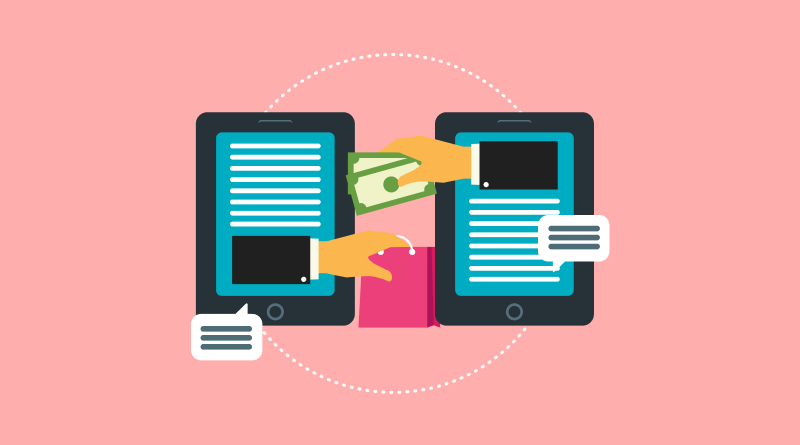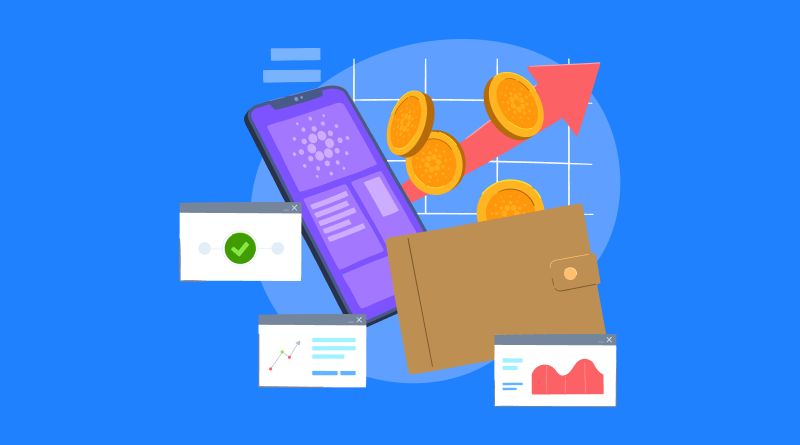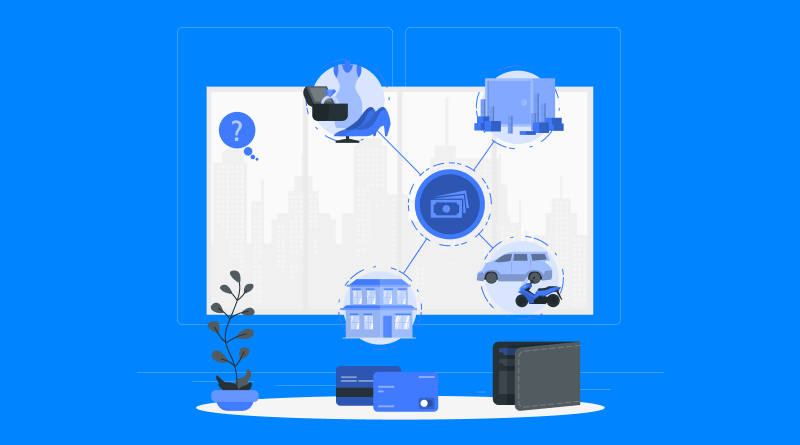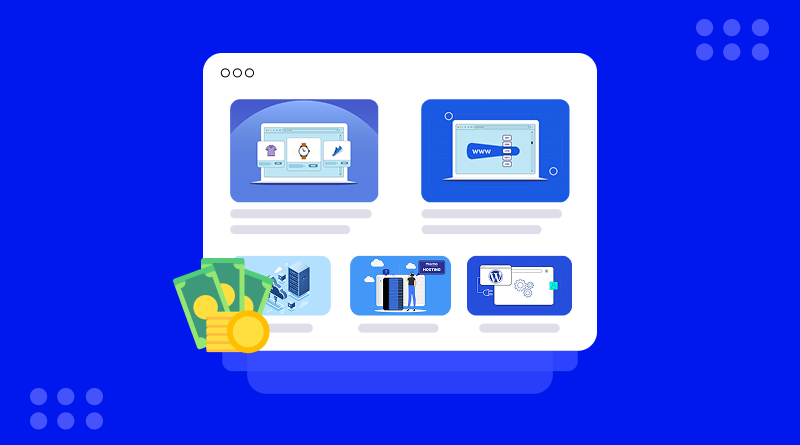Once upon a time, when it was ok to put ads all over your blog, it guaranteed income. But since then times have changed; what worked for bloggers in the early 2000s won’t work today. In today’s modern world, the internet is overflowing with content creators who publish something on a daily basis; hence, it is dangerous to always depend on just one thing – ad revenue. As it is like running a marathon with one shoe on, it might work, but it won’t take you far.
As the blogging dynamics are changing continuously, traditional blog monetization methods are becoming less effective. Therefore, bloggers and creators are shifting their focus from ad-based revenue to multiple income generation streams such as memberships, eBooks, and online courses.
📊 Quick Stats Check: As per ConvertKit’s 2024 Creator Economy Report, over 61% of bloggers earn more instead of solely depending on traditional advertising.
Do you want to go beyond traditional ads and understand how bloggers are successfully earning more? This blog post will reveal practical ways to increase revenue from your expertise, turning your blog into a profitable business.
Table Of Content
Downsides of Ad-Only Monetization
Ad-only revenue generation might seem like the easiest route, but depending on it alone might come with diminishing returns and limited control. Low CPMs (cost per thousand impressions), volatile ad rates, and constant high traffic make ad-only monetization increasingly unsustainable, particularly for small to medium-sized bloggers.
Blogs with too many ads look cluttered and can spoil the browsing experience, resulting in slow page loads, interrupting popups, and untidy layouts that can annoy readers and drive them away.
As per Hubspot’s 2023 reports, around 70% of readers feel that excessive, overly promotional, or irrelevant ads turn them off. Therefore, the majority of users employ ad blockers. This has made high-traffic blogs experience a dip in revenue earnings.
This shows that a clear trend is that emerging bloggers are diversifying. These changes improve reader value, build stronger relationships, gain loyal followers, and ensure sustainable growth.
In the simplest terms, are you still sticking to ads alone? It could be a source of continued income, but they’re not all. Depending solely on them might limit the future of your blog. Smart bloggers and content creators are trying to expand their income streams and they’re reaping the benefits.
Audience Monetization: Fueling Steady Long-Term Growth

In today’s world, where more and more people are building their careers online by turning their passion into income, audience monetization is redefining how bloggers thrive and unleashing real value by making income from their loyal readers. Apart from driving traffic, it also fosters trust, adds value, and ultimately transforms the audience’s loyalty into profitable income.
To avoid the unpredictability of ad-only algorithms, bloggers are prioritizing leaning on money through owned revenue streams such as paid content and product-based income to drive steady growth.
Start by cultivating trust, and once the followers see that you lead by value and not by selling strategically, conversions take place more naturally.
📊 Quick Stats Check: According to the latest findings from Podia’s Creator Report 2024, bloggers earn 2.5 times more through direct audience monetization streams like subscriptions and selling digital assets than they do with just ads or affiliate marketing.
Audience monetization is not about following the trends, but it is about building a future and creating value and trust by developing community-driven revenue.
Blog Monetization by Turning Followers into Monthly Subscribers
In today’s content-led marketplace, where attention spans are shrinking, trust has become priceless for bloggers. Instead of depending completely on the unpredictability of ad-based income generation, an alternative monetization route like subscription models assures you of generating recurring revenue – a win-win and smart monetization strategy for long-term gains.
Different Types of Subscription Models
- Members-Only Access: Creates a privileged members-only community or forum where only subscribers can collaborate, discuss, and grow together.
- Unique Content: Shares swanky content such as behind-the-scenes insights, detailed tutorials, or early-bird access reserved only for paying subscribers.
- Customer-Centric Pricing Plans: Offers multi-level customer-centric pricing models to cater to different budget levels while reserving premium perks for higher-paying supporters and basic access for a broad audience.
Excellent Platforms for Running Paid Subscriptions
- Patreon: Perfect for bloggers, YouTubers, or content creators planning to create an active community by deepening audience engagement.
- Ghost: An all-in-one platform that offers everything that you need for subscription newsletters, premium content access, and memberships.
- Substack: This platform is specifically crafted for creators who prioritize creating value through email-driven exclusive content and newsletters.
Proven Strategies for Crafting High-Value Subscription Content
- Address what the free content doesn’t cover, such as in-depth analysis, expert interviews, or a monthly Q&A.
- Communication and delivery must be consistent to strengthen mutual trust.
- Another option is providing sneak peeks or free trials to lure potential subscribers.
- Thoroughly analyze what kind of content your community admires the most and create more content around it.
When you have loyal paying users, you receive recurring income by forming a direct and meaningful connection with your most engaged readers. Subscription models are not just revenue-making activities; they build relationships too.
Generate Revenue by Creating and Selling Digital Products
Among all the other most scalable blog monetization strategies today, selling digital assets such as printables, guides, and templates is one of the easiest ways to turn your blog into a revenue-generating machine.

Before all else, try to understand your reader’s pain points and give the solution they need. It could be anything from creating a detailed tutorial to a budgeting tool or a ready-to-use design template—whatever solves their problem.
Using beginner-friendly platforms such as Gumroad, Podia, or Shopify, you can easily launch your shop. Link it with a clear, neat, and professional sales page with a strong brand message and several real customer stories to seal the deal.
As you know, less is more; similarly, blog monetization doesn’t require a complex setup. In a few cases, the most successful and powerful income generation streams originate from simple digital assets such as eBooks, templates, printable products, and business tools.
1. 📘eBooks
eBooks are the best way to turn your knowledge and expertise into a simple, easy-to-follow, downloadable guide that helps readers solve a particular problem. Such as “Getting Started with SEO,” or maybe any other industry-specific workbook might suffice, and readers are often willing to pay for information compiled by someone whom they trust—i.e., you.
2. 🖨️ Templates and Printable Products
Other digital tools, such as content calendars, resume templates, expense trackers, or promo kits, help save time and provide instant solutions. They work seamlessly for bloggers active in niches like productivity, personal finance, marketing, and DIY.
3. 🧰 All-In-One Productivity Tools
Several productivity tools can be combined into one complementary product, which will deliver higher value with increased conversion and customer satisfaction.
Pro Tip for Conversions: Spark curiosity among your followers by offering bonuses or samples with every purchase. Emphasize the usefulness of your product and not just what’s included. Add urgency, and don’t be shy to create FOMO with exclusive deals.
Alternative Monetization: Successfully Launching and Marketing Online Courses
Amid all kinds of blog monetization strategies available, online courses offer unmatched potential with long-term gains. It is the smartest alternative monetization stream compared to ads or affiliate links because it delivers lasting value, surpassing the short-term returns delivered by traditional ads.
Why do Online Courses Work?
Online courses provide a consistent revenue stream. Whether you’re teaching design skills, blogging techniques, or wellness methods, courses enable you to deeply connect with your audience and establish authority and recurring revenue.
Effective Online Course Planning
- Decide Your Format: Would you prefer a live, cohort-based school where there is real-time interaction, or a recorded, self-paced course that can make sales even while you are asleep?
- Plan the Layout with a Clear Intention: Draft content into clear modules, attach some ‘worksheets’ or ‘hung-together pieces,’ and make “learning outcomes” visible.
Best Platforms to Use
Use platforms such as Teachable, Thinkific, or Podia to design smooth learning experiences. These applications have easy-to-use interfaces, integrated payment schemes, and user participation features.
👉 Pro Tip: Confirm There is a Demand Before Going All In
Utilize pre-selling tactics such as waitlists, landing pages, or early-bird pricing to measure the interest of the people in the course. This not only funds the course prior to launch but also generates excitement and commitment from the audience.
With online courses, you turn passive readers into paying students, improving your revenue generation efforts and delivering huge value.
Blending Different Monetization Techniques
Banking only on one monetization technique is like walking on a single tightrope – quite risky, right? If there’s a shift in website traffic or user engagement, it’ll throw your blog income off balance.

Because of that, bloggers are diversifying and mixing subscriptions, digital products, and online classes to achieve financial stability and long-term growth.
Let’s take the example of Harsh Agrawal, founder of ShoutMeLoud, a living proof of Indian bloggers making a living through various streams, such as supplementing affiliate marketing with digital products, online courses, or even exclusive membership websites.
💡 Roadmap Tip: Start by offering free content to your readers to expand the email list, and slowly introduce your digital products or subscription plans.
What to Watch Out For
It is exciting to monetize your blog; however, there are chances to easily miss a step without even realizing it!
Below are some common stumbling blocks that could hinder your progress or harm the trust of the audience:
– Over-Promoting the Content
Promoting paid content or products when they don’t truly deliver any value could be really unproductive. Your readers know better: they will very quickly lose trust in your product if they feel your offers seem more forced than authentic.
– Disregarding Audience’s Opinion
The audience is your greatest asset. Ignoring their comments, requests, and preferences will only result in lower engagement and fewer conversions. Keep asking for feedback and accordingly adapt your monetization policy.
– Prioritizing Sales Before Value
It could be harsh if you start off with monetization without first earning the trust of your users and giving some free value. Make sure you’re earning trust and creating an actual community before offering anything for a fee.
Relying solely on ads is no longer the only — or even the best — path to blogging success. Today’s creators are turning their loyal audiences into paying customers through strategic blog monetization models like subscriptions, digital products, and online courses. These alternative monetization methods not only offer diversified revenue but also foster stronger community engagement and long-term brand growth.
But to truly make the most of these revenue streams, your blog needs a strong, scalable, and reliable foundation — and that’s where MilesWeb comes in. With lightning-fast servers, 99.9% uptime, and feature-rich hosting plans, MilesWeb’s web hosting services empower bloggers to deliver secure, seamless experiences to their audience. Whether you’re offering premium content, downloadable products, or full-fledged e-learning modules, MilesWeb ensures your monetization strategy runs without a hitch.
So, don’t just rely on ads; step out to explore other revenue lines instead, but simultaneously ensure your hosting partner is as future-ready as your blog; go with MilesWeb.
FAQs
1. How can I generate revenue by creating and selling digital products?
Understand the needs of your audience, then create high-value digital products like eBooks or online courses, and sell them through platforms like Gumroad, Teachable, or Shopify. Further, you can promote them on your blog, email list, and social channels to boost conversion and build more passive income.
2. How can I transform my blog into a consulting or coaching service?
To convert your blog into a consulting or coaching service, identify your niche, promote your knowledge through valuable blog posts, create a dedicated service page, provide free resources or sessions for establishing trust, and schedule and manage client sessions with online tools such as Calendly or Zoom.
3. Which techniques should I follow for creating compelling and valuable content for paid subscribers?
To create compelling content for paid subscribers, focus on exclusive value, consistency, personalization, interactive elements, and high-quality content.
What are the different ways to measure the success of my non-advertising blog monetization strategies?
You can measure the success of non-advertising blog monetization strategies by tracking: growth of subscribers, conversion rates, revenue generated per product or offering, customer retention rate, customer engagement metrics, and emails opened and click-through rates.















